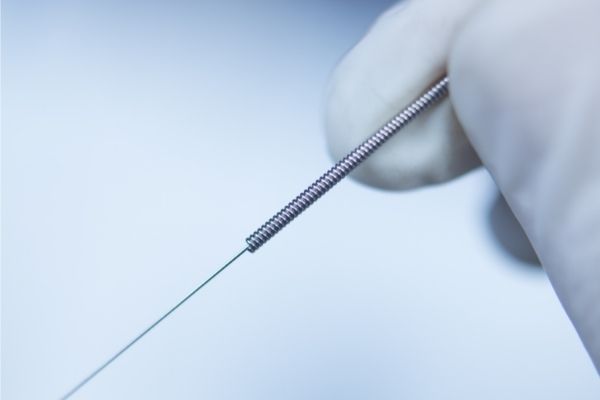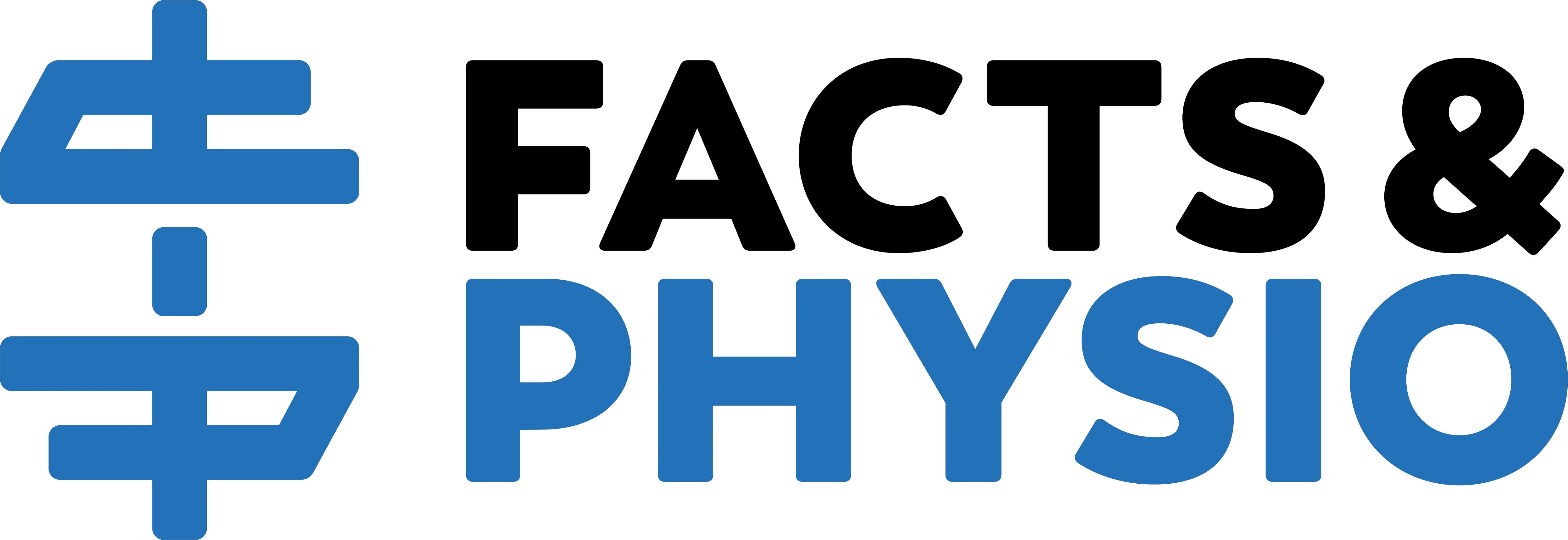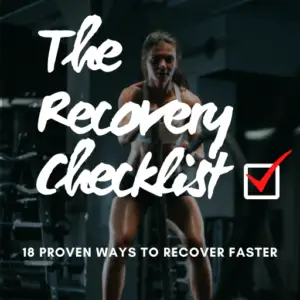You might expect that dry needling is an offshoot of acupuncture – the ancient eastern treatment that also uses non-medicated needles for pain relief. But the real story is far more interesting.
The Needle Effect
Dr. Karel Lewit had a bold idea – stick needles into his patients’ sorest spots. Then write down what happens.
So he did.
He published the findings in a classic 1979 study. Nearly 87% of his patients experienced pain relief!
He termed this instantaneous pain relief phenomenon “the needle effect,” birthing modern-day dry needling practice.

How Is Dry Needling Done?
Dry needling is a medical treatment intended for pain relief.
To perform dry needling, a trained practitioner identifies a trigger point – or tight spot in a muscle. Then, the medical pro inserts a thin, non-medicated needle into the skin and directs it into the trigger point.
When the needle reaches the trigger point, the target muscle twitches (called a local twitch response), and the trigger point relaxes.
How Does Dry Needling Work?
How exactly does sticking a needle into a painful spot relieve pain?
Consider these mechanisms:
Placebo: Every single treatment has a placebo effect – actual physiological changes related to positive expectations. The placebo effect impacts all treatments, including dry needling, surgery, drugs, and even exercise.
Needle Effect: As Dr. Lewit discovered, sticking needles in the skin creates a pain-relieving effect. This is (one reason) why acupuncture relieves pain.
Trigger Point Treatment: Trigger points create local and referred pain. These muscular knots contribute to many types of musculoskeletal pain. And dry needling eases trigger point pain. This mechanism is why dry needling works better than acupuncture.
Is Dry Needling Effective?
Dry needling isn’t a panacea.
But does it work? Yes.
Dry needling earns a “B+” rating in my rehab treatment rankings. It’s a solid passive treatment, much like spinal manipulation.

And like other passive treatments, dry needling works most powerfully when combined with higher ranking interventions.
What Conditions Does Dry Needling Treat?
Dry needling treats musculoskeletal problems. Some acupuncture and chiropractic practitioners claim to treat a range of ailments from digestion to allergies.
Like a safe driver, expert dry needlers stay in their lane – they understand that dry needling works best for musculoskeletal problems like neck pain, shoulder pain, elbow pain, back pain, hip pain and heel pain.
Dry needling is especially powerful for treating active trigger points – knots that refer pain to other areas. Skilled professionals understand these referral patterns, like the outer hamstrings trigger point pattern shown here:

Who Benefits Most from Dry Needling?
Dry needling isn’t for everyone. Especially those who fear needles, have a low pain tolerance, or don’t have relevant trigger points.
In my clinical experience, dry needling works best for overuse injuries, muscle strains, sports injuries and chronic muscle tightness.
Athletes, weekend warriors and fitness enthusiasts typically respond best to dry needling – and tolerate it without jumping off the treatment table.
Dry Needling 201
For a deep dive into dry needling science, check out The Authoritative Guide to Dry Needling.
And for more evidence-based rehab and recovery insights, join the free Facts & Physio Newsletter. Plus, get The Recovery Checklist when you sign up.

